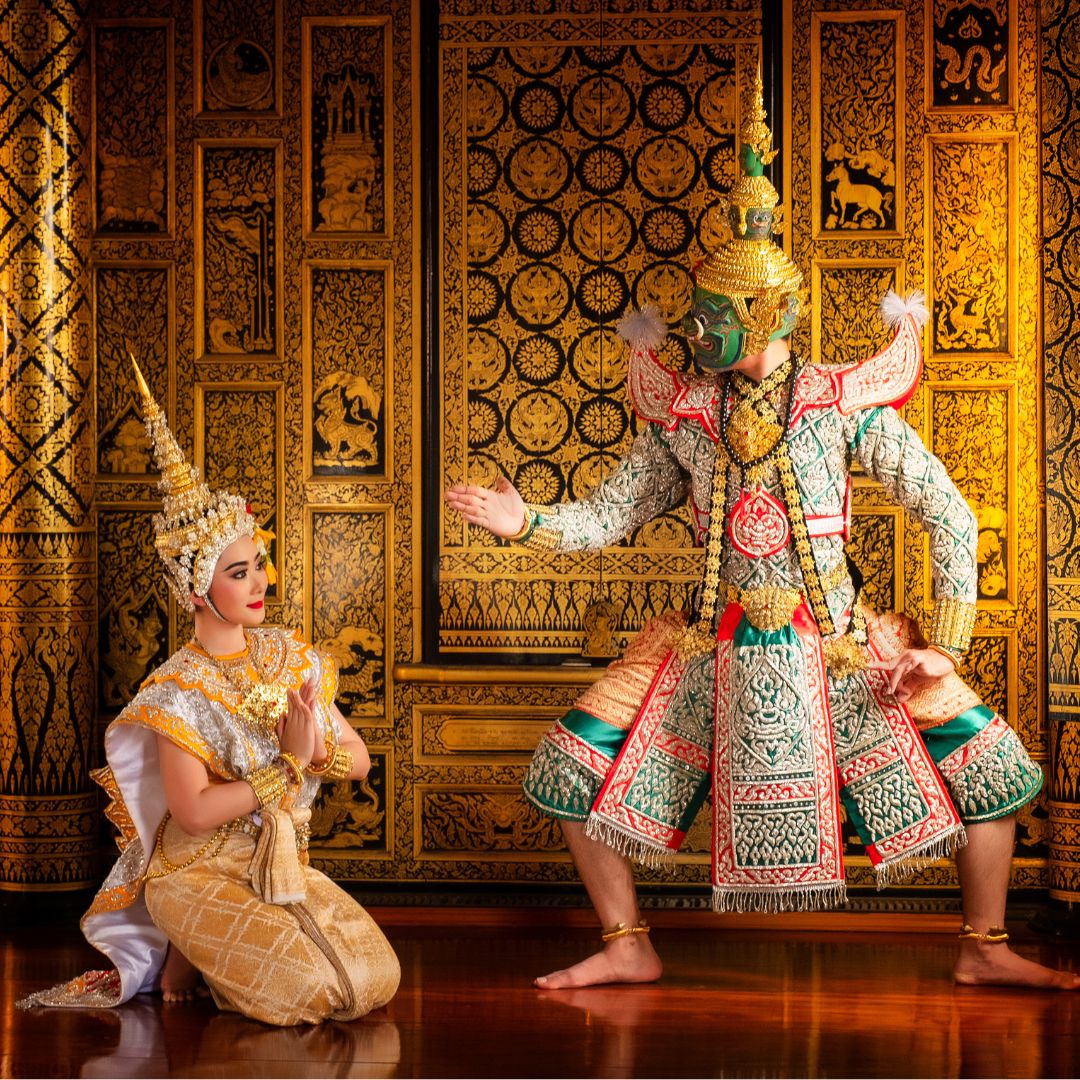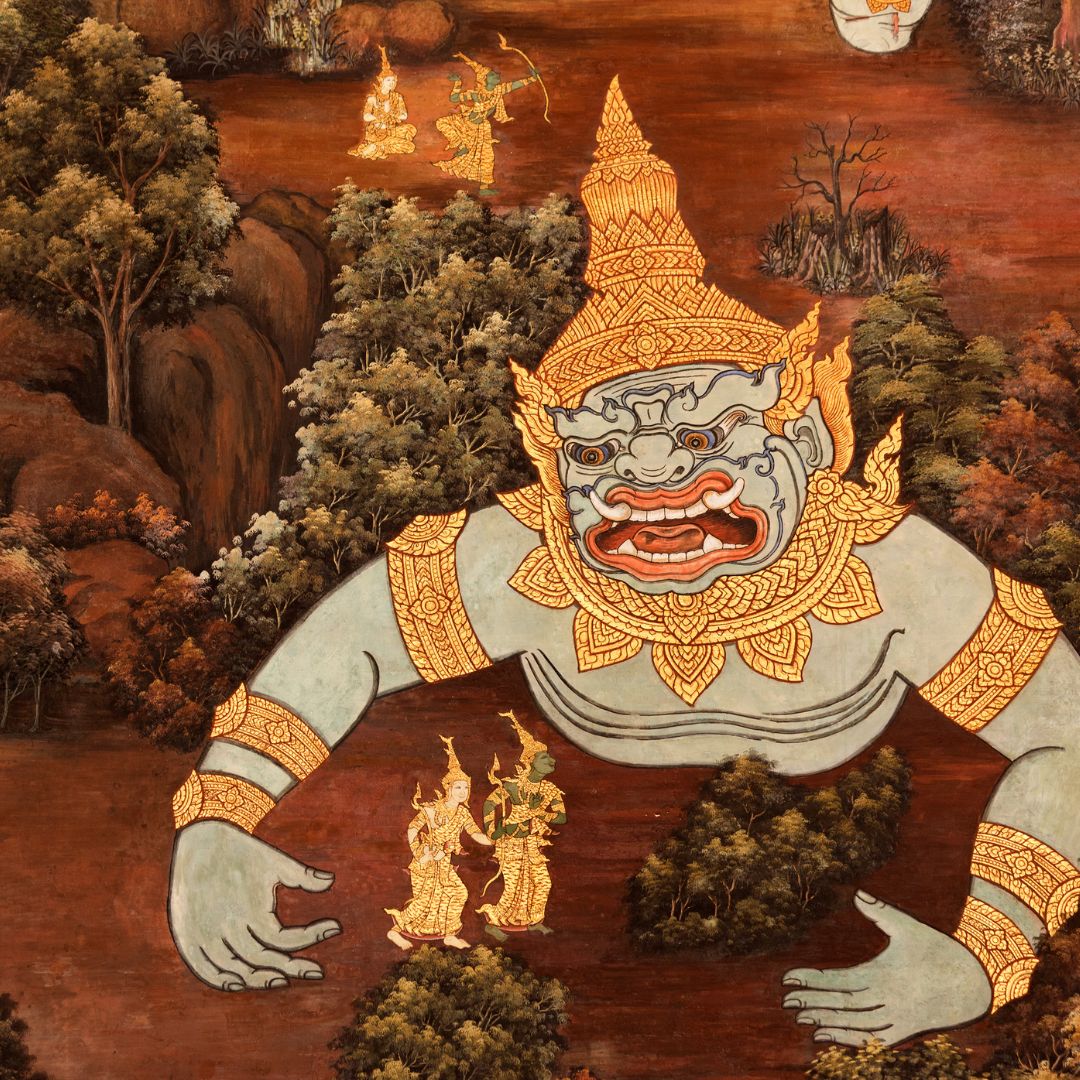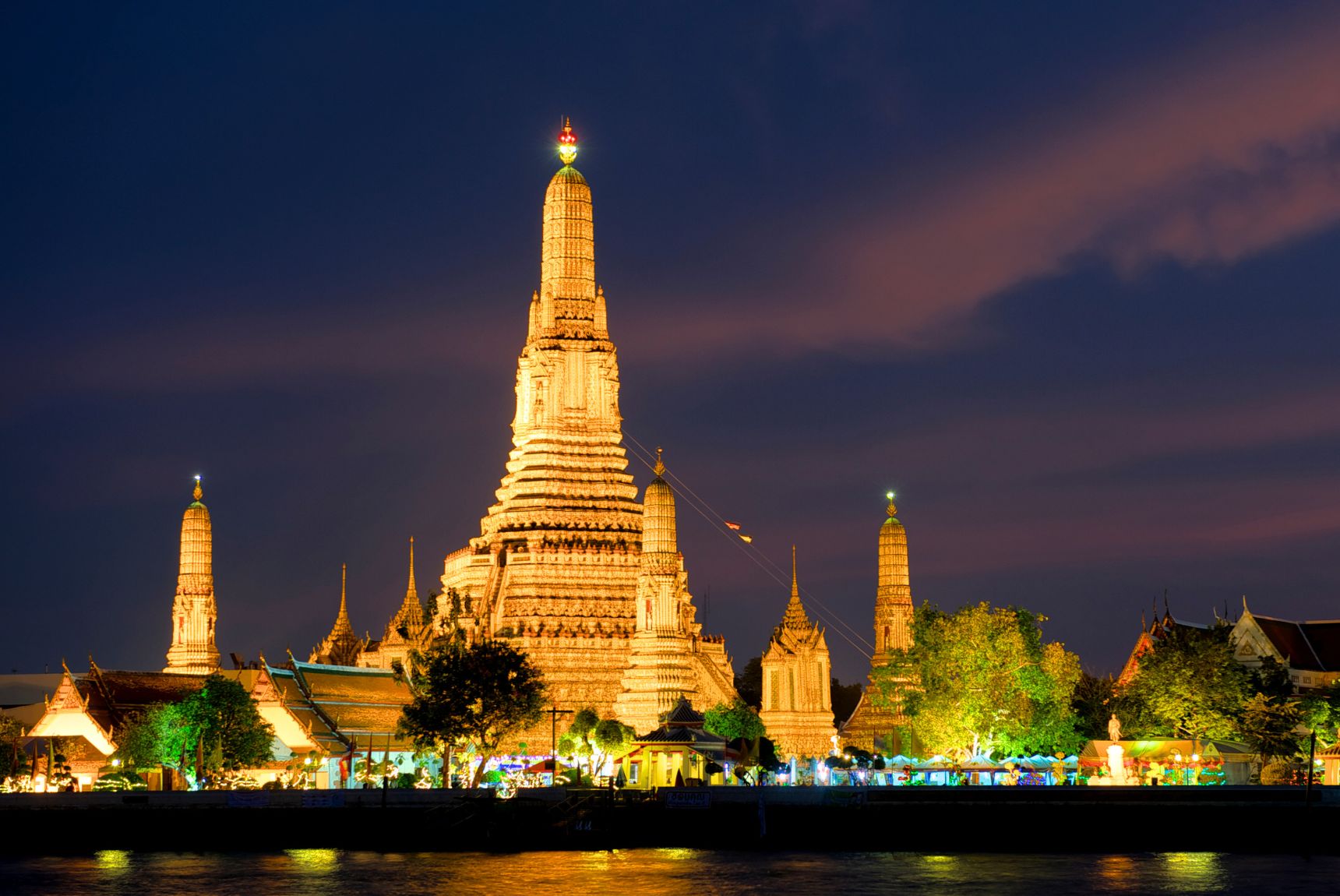Bangkok, the vibrant capital of Thailand, is a city where tradition and modernity intertwine seamlessly. This dynamic fusion is most evident in its thriving art scene, which serves as a mirror of its rich cultural heritage. From ancient temple murals to cutting-edge contemporary galleries, art in Bangkok tells the story of its people, history, and evolving identity.
Traditional Art: A Link to the Past
Thailand’s artistic roots date back centuries, with Bangkok playing a central role in preserving traditional art forms. The city's numerous Buddhist temples (wats) are adorned with intricate murals depicting scenes from Thai mythology, the Ramakien (Thailand’s version of the Ramayana), and everyday life from bygone eras.
Wat Phra Kaew, home to the revered Emerald Buddha, is a prime example of classical Thai artistry. Its murals and gilded sculptures reflect deep spiritual symbolism and the craftsmanship of Thai artisans. Similarly, Wat Arun’s porcelain mosaic designs showcase how Thai artists have historically blended indigenous techniques with foreign influences.
Beyond temples, Bangkok’s royal palaces and historical sites display traditional Thai paintings, lacquerware, and wood carvings, preserving the artistic expressions of the past for future generations.

Contemporary Art: A New Voice for a Changing City
While Bangkok cherishes its artistic heritage, it is also a hub for modern and contemporary art. The city's rapid urbanization and exposure to global influences have inspired a new generation of Thai artists who use their work to explore social issues, political themes, and personal identity.
Art spaces such as the Bangkok Art and Culture Centre (BACC), MOCA Bangkok (Museum of Contemporary Art), and River City Bangkok showcase both established and emerging artists. These venues provide a platform for thought-provoking installations, mixed-media art, and experimental designs that reflect modern Thai society.
Graffiti and street art have also become a major part of Bangkok’s artistic landscape. Areas like Chaloemla Park (Graffiti Park) and Talad Noi feature striking murals that blend Thai cultural motifs with contemporary urban expression.

Cultural Festivals and Art Markets
Bangkok’s art scene extends beyond galleries and museums into the streets and markets. Events like the Bangkok Art Biennale bring global and local artists together, transforming the city into an open-air art gallery.
Art markets, such as ChangChui Creative Park and Chatuchak Market’s art section, offer visitors a chance to experience Bangkok’s artistic diversity firsthand. Here, local artisans sell handmade crafts, paintings, sculptures, and textiles, celebrating Thailand’s artistic traditions in a lively setting.
Conclusion
Bangkok’s art scene is a testament to the city’s evolving identity—rooted in tradition yet embracing innovation. Whether through temple murals, contemporary galleries, or vibrant street art, Bangkok continues to reflect its cultural heritage through art, making it a must-visit destination for art lovers and cultural enthusiasts alike.

